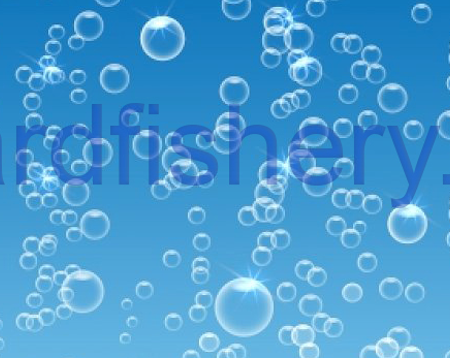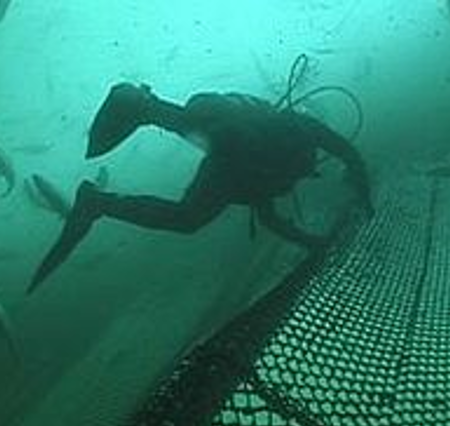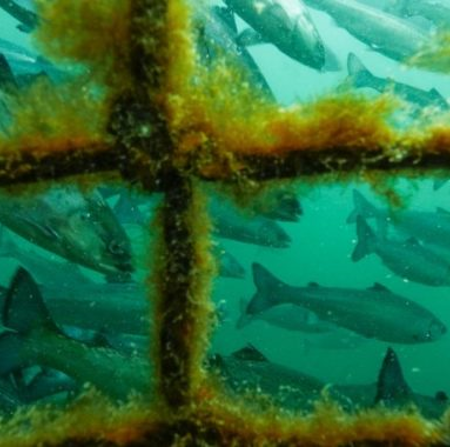A few important tips for growing fish in a cage
Water quality awareness during the rearing period: The most important water parameters are dissolved oxygen and temperature. Temperature should be measured daily in the early morning, middle of the day and early in the night and recorded in a clear table. Measurement of other parameters such as depth of transparency, pH and nitrogen is also required.
Awareness of the growth of caged fish: At regular intervals fish are sampled and weight and length are determined.
Health awareness of breeding fish and breeders: Any changes in appearance, skin, eyes, fins and tails during the breeding season can be a sign of disease. Collecting dead fish in the cage prevents the spread of the disease. To prevent the spread of contagious diseases, breeders must follow the health guidelines.
Cage maintenance: The cage is worn down and destroyed by storms, predatory animals, watercraft, shipping and robbers. The cage must be repaired for reuse in the next breeding season. Small cage lacerations can be repaired with silk yarn at the site, if the injury is severe, the mesh bag should be replaced or repaired at the beach.
In order to prevent springs from becoming clogged and to replace the water in the cage more quickly, it is advisable to replace the luggage bags with larger springs looms as the fish gain weight, especially in marine environments.
The cage should be easily accessible and have an entrance way for daily feeding, care and cleaning operations. A dock is required for commuting on cages. A pier with a width of one meter can support 2 fish cages. One cage is on one side of the pier and the other on the bottom of the pier.








